Introduction
Imagine visiting a restaurant online. No reviews, no stars, just an address and a menu. Now compare that to a competitor with hundreds of positive reviews and fresh testimonials. Which one would you trust?
Customer reviews are no longer “nice to have” — they’re the currency of trust. This guide covers why reviews matter, how to collect them, and how to use them to grow.
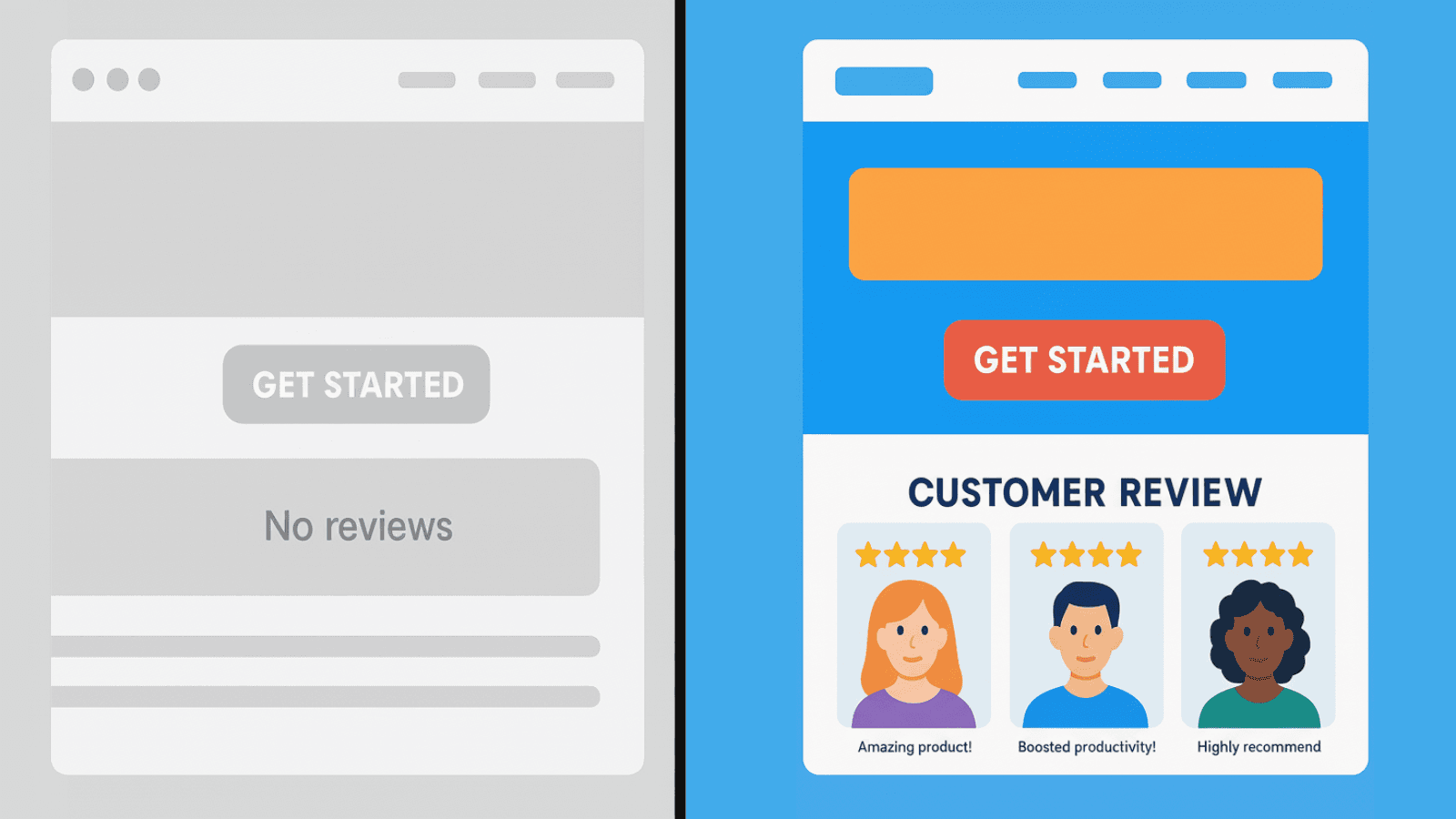
What Are Customer Reviews?
Customer reviews are written or video feedback customers leave about their experience with a product or service. Most include a rating and a short comment, hosted on platforms like Google, Facebook, or your own site.
- Positive, neutral, or negative — all influence decisions.
- Public, timestamped, and often verified by a platform.
- They scale word-of-mouth beyond a single conversation.
Why Customer Reviews Matter
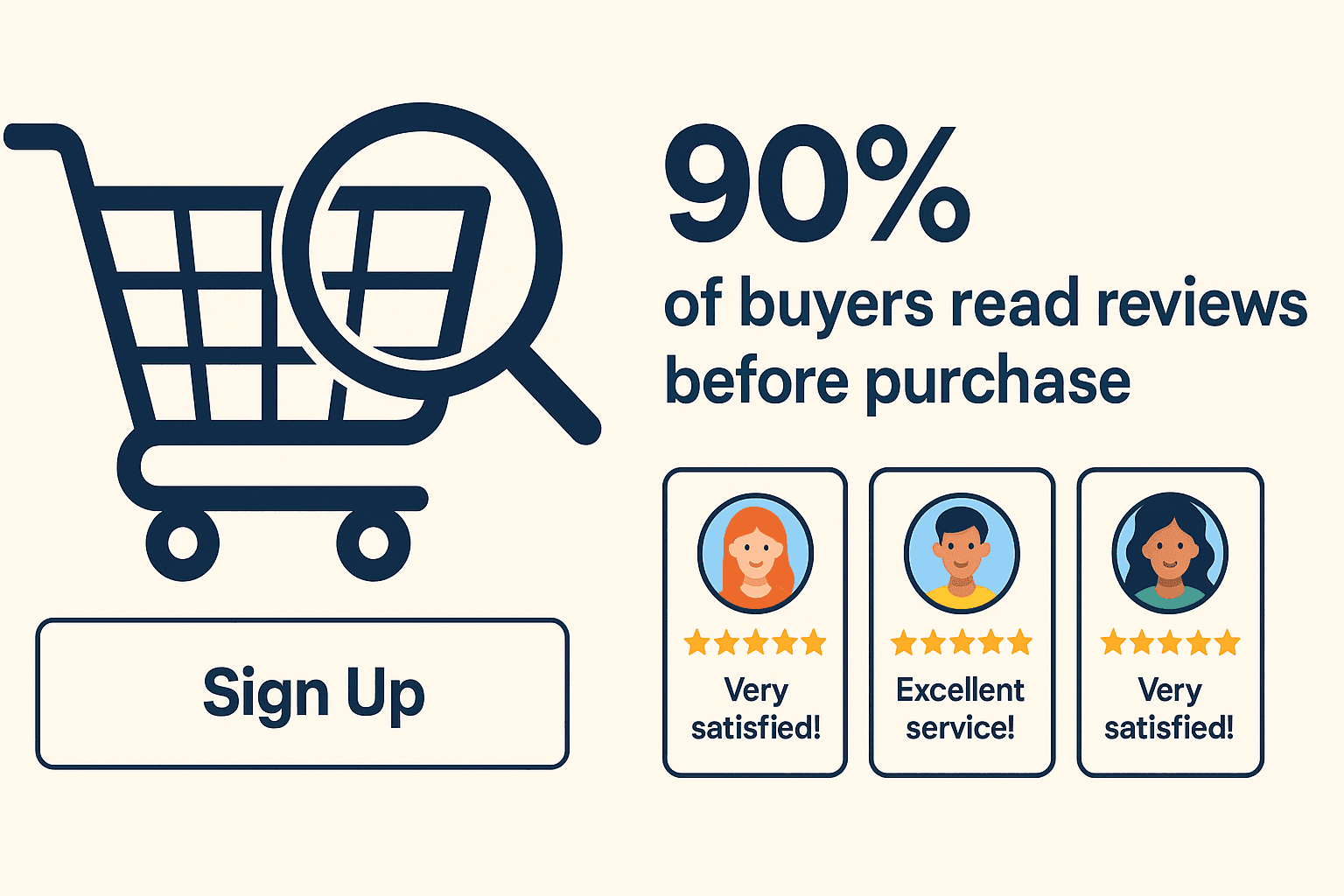
- Trust & Credibility
- Conversion Lift
- SEO Signals
- Feedback Loop
People lean on other people’s experiences when risk feels high.
Pages with relevant reviews near the decision point tend to convert better.
Fresh, user-generated content (UGC) helps local visibility and long-tail queries.
Reviews spotlight what to fix and what to double-down on.
How to Collect Customer Reviews
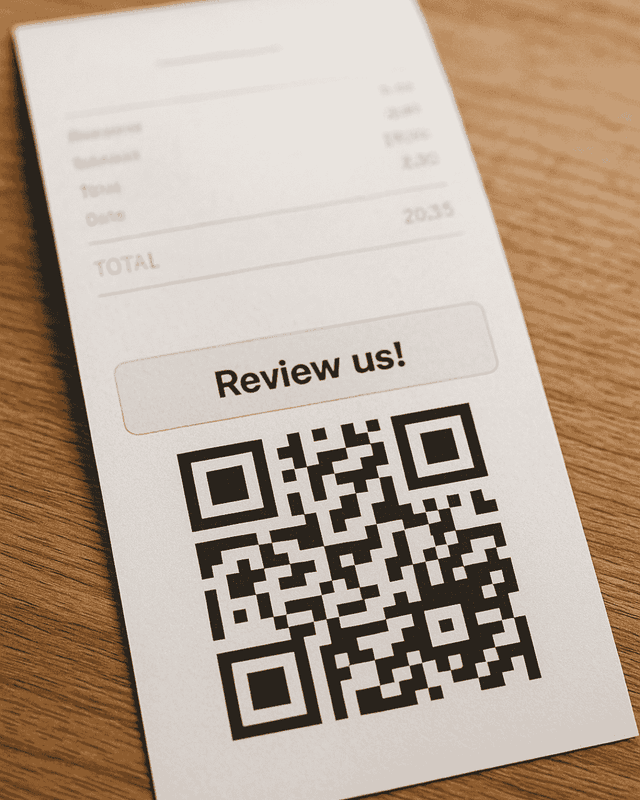
1) Ask at the Right Moment
- Right after a successful delivery, onboarding milestone, or support resolution.
- Use triggered emails or in-app prompts (timing > volume).
2) Remove Friction
- One-click deep links to your review form.
- QR codes at checkout or on receipts.
3) Incentivize Ethically
- Offer loyalty points, early access, or a thank-you note — never pay for opinions.
How to Use Customer Reviews
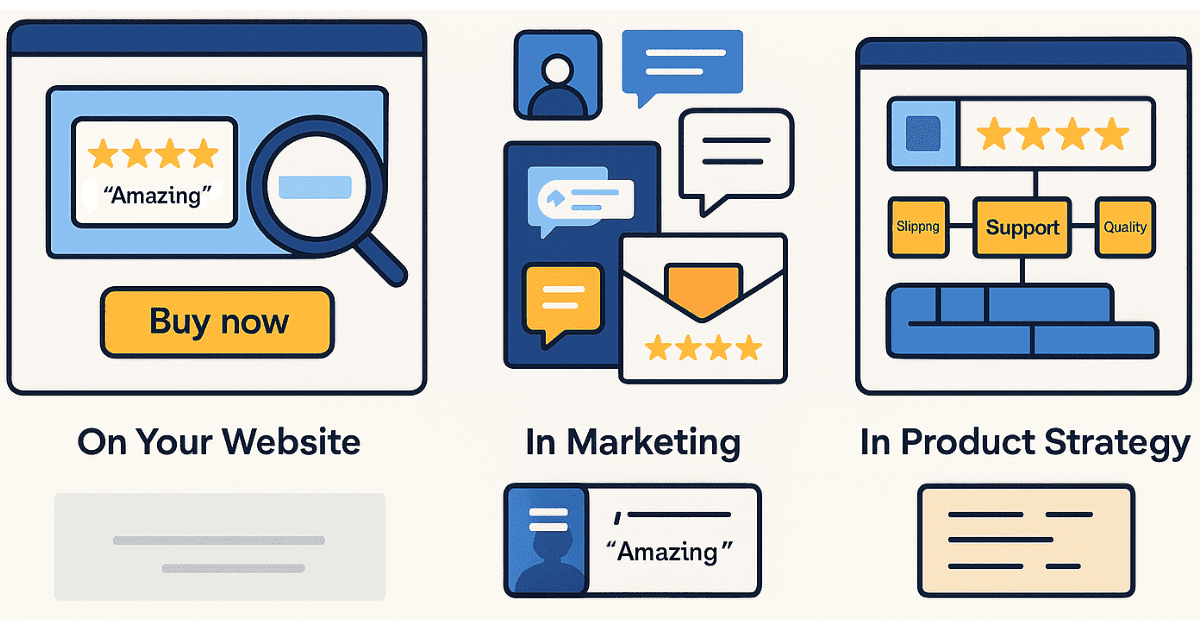
1) On Your Website
- Place short, authentic quotes near primary CTAs (pricing, add-to-cart).
- Use a carousel or wall widget to showcase breadth and freshness.
2) In Marketing
- Turn high-signal quotes into social graphics, ads, and emails.
- Match review content to campaign theme (speed, support, quality).
3) In Product Strategy
- Tag themes (shipping, support, quality) and act on patterns.
- Feed praise into messaging, and complaints into the roadmap.
Best Practices for Managing Reviews
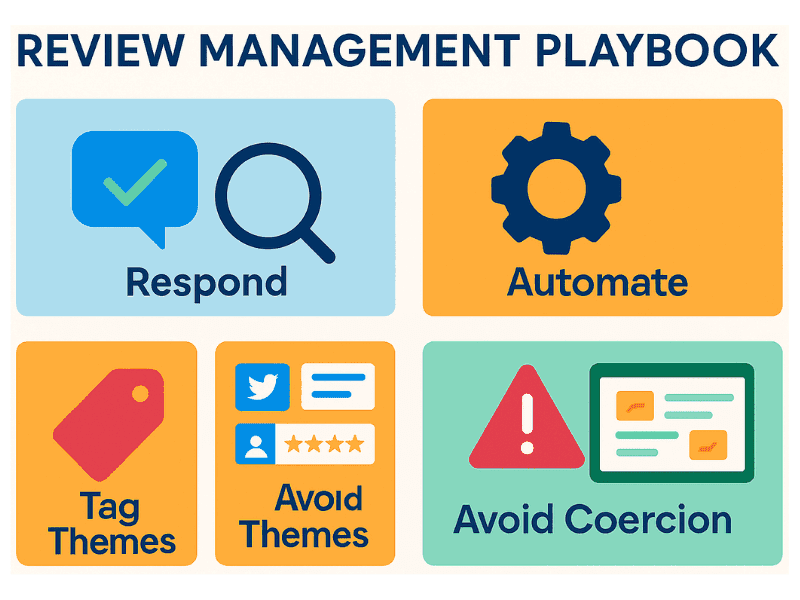
Conclusion
Customer reviews make risk feel smaller. If you collect them consistently and place them where decisions happen, they’ll raise trust, rankings, and revenue.
Next step: Read How Authentic Reviews Boost Conversions for placement patterns that work.



